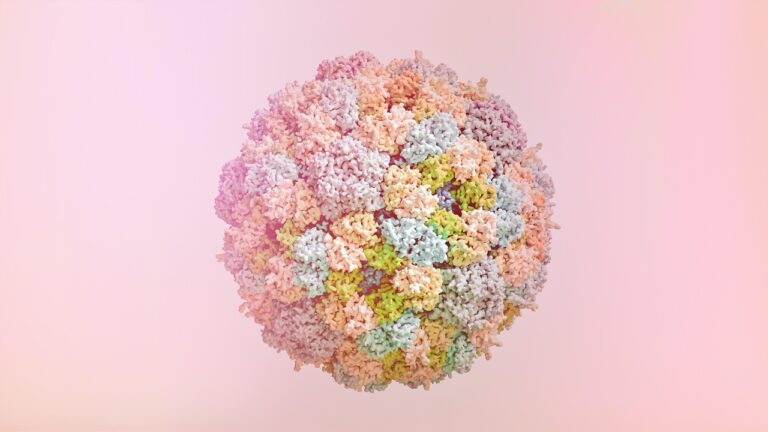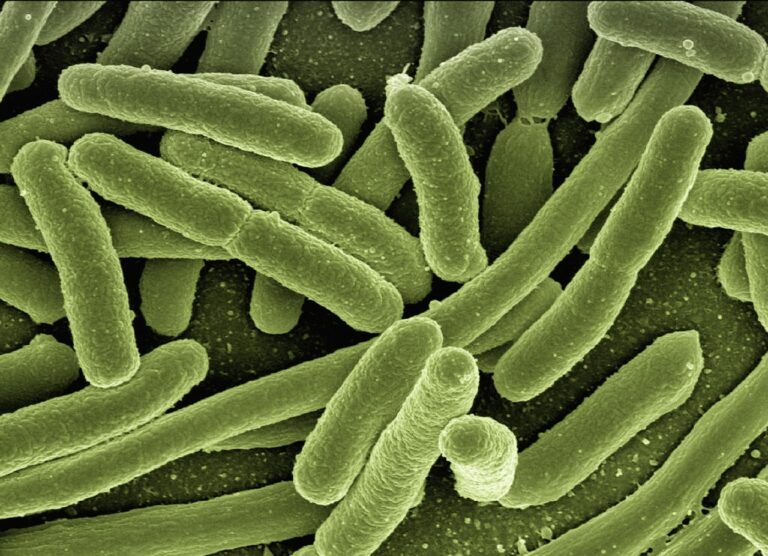Types and Varieties of Viruses: Current Threats and Diagnostic Methods

Virus Classification
Viruses are non-cellular infectious agents that affect all forms of life, from plants and animals to bacteria and archaea. They are classified based on various criteria:
- By nucleic acid type: DNA-containing and RNA-containing viruses.
- By capsid shape: Helical, icosahedral, and complex viruses.
- By transmission method: Airborne, contact, fecal-oral, vector-borne (through insect bites).

Current Viral Threats
- Respiratory Viruses:
- Human Metapneumovirus (hMPV): In January 2025, an outbreak of metapneumovirus was reported in China, causing flu-like and COVID-19-like symptoms. Symptoms include cough, nasal congestion, fever, shortness of breath, and hoarseness. Children under five and the elderly are particularly vulnerable. In Russia, hMPV accounts for about 0.1% of acute respiratory viral infections (ARVI).
- Coronaviruses (SARS-CoV-2): Although the COVID-19 pandemic has subsided, the virus continues to circulate, causing localized outbreaks. Symptoms include fever, cough, loss of smell and taste, and fatigue.
- Hepatotropic Viruses:
- Hepatitis B Virus (HBV): Transmitted through blood and other bodily fluids, it can cause chronic liver disease.
- Hepatitis C Virus (HCV): Often leads to chronic infections and is primarily spread through blood contact.
- Sexually Transmitted Viruses:
- Human Papillomavirus (HPV): Some strains are linked to cervical cancer and other oncological diseases.
- Herpes Simplex Virus (HSV): Causes genital and oral herpes, characterized by periodic outbreaks.
- Herpesviruses:
- Epstein-Barr Virus (EBV): Associated with infectious mononucleosis and some types of lymphoma.
- Cytomegalovirus (CMV): Can cause severe complications in immunocompromised individuals.
Methods for Diagnosing Viral Infections
- Molecular Methods:
- Polymerase Chain Reaction (PCR): Detects and identifies viral genetic material with high accuracy.
- Reverse Transcription PCR (RT-PCR): Used for RNA-containing viruses, such as SARS-CoV-2.
- Serological Methods:
- Enzyme-Linked Immunosorbent Assay (ELISA): Identifies the presence of antibodies or viral antigens in the blood, indicating a current or past infection.
- Neutralization Test: Assesses the ability of antibodies to neutralize the virus, useful for evaluating immune response.
- Virological Methods:
- Virus Cultivation: Growing the virus in cell cultures for further study.
- Electron Microscopy: Allows visualization of viral particles, determining their morphology.

Statistics and Projections
- ARVI and Influenza: In January 2025, Russia recorded a 30% increase in ARVI cases, with 573,000 reported cases across 49 regions.
- Hepatitis B and C: According to the World Health Organization, over 296 million people worldwide live with chronic hepatitis B infection, and about 58 million with hepatitis C.
- HPV: Around 85% of sexually active women and 90% of men contract HPV during their lifetime. More than 300,000 deaths occur annually due to HPV-related cancers.
Latest News

Bacteriophages Explained: How Virus Hunters Target Bacteria
Every second, bacteriophages viruses that infect bacteria destroy an estimated 10^23 bacterial cells, quietly…

Types of Viruses: Overview, Examples, and How They Spread
A coronavirus carries about 30,000 RNA bases; a parvovirus gets by with roughly 5,000;…

How Vaccines Work: Your Immune System’s Training Guide
In 1963, measles killed an estimated 2.6 million people worldwide; after two vaccine doses…
Useful information
Understanding the diversity of viruses and their diagnostic methods is key to effectively controlling and preventing infectious diseases. Regular medical check-ups and timely vaccinations help reduce the risk of infection and the spread of viral diseases.
Students benefit from essay services that write essays for money EssayHub.com that create customized assignments with a strong focus on originality. These platforms ensure precise arguments and structured analysis.
Essay writing solutions an platforms where you can pay for essay paper PaperWriter assist students by producing focused, plagiarism-free assignments. They provide academic support for various disciplines while maintaining professional writing standards.